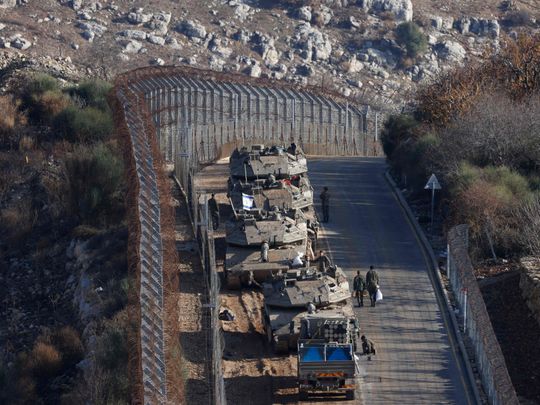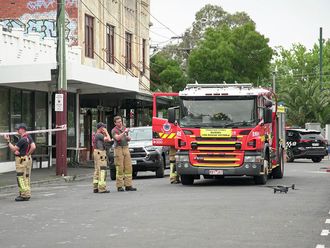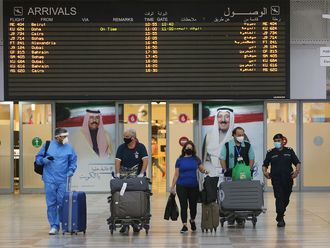
JERUSALEM: Israeli Prime Minister Benjamin Netanyahu said Sunday he had ordered the Israeli military to “seize” a demilitarised buffer zone on the border with Syria after the overthrow of Bashar Al Assad in Damascus.
The Israeli premier said a 50-year-old “disengagement agreement” between the two countries had collapsed and “Syrian forces have abandoned their positions”.
As a result, he said, “I directed the IDF (military) yesterday to seize the buffer zone and the commanding positions nearby. We will not allow any hostile force to establish itself on our border.”
The announcement, which Netanyahu made while visiting the Israeli-occupied Golan Heights which abut the buffer zone, came after the military said it had deployed forces to the area.
Israel had already said the day before, as the Islamist-led rebels swiftly advanced across Syria, that its soldiers entered the UN-patrolled buffer zone to assist peacekeepers in repelling an attack.
On Sunday, the army announced a troop deployment there, citing “the possible entry of armed individuals into the buffer zone”.
“Following the recent events in Syria... the IDF (military) has deployed forces in the buffer zone and in several other places necessary for its defence, to ensure the safety of the communities of the Golan Heights and the citizens of Israel,” a military statement said.
Israeli forces “will continue to operate as long as necessary in order to preserve the buffer zone and defend Israel”, it added.
The statement stressed that the Israeli military “is not interfering with the internal events in Syria”.
Since the rebel coalition, led by Islamist group Hayat Tahrir Al Sham, began its renewed offensive against government forces on November 27, Syrian government forces have left positions near the Israeli-held Golan, according to a war monitor.
Rami Abdel Rahman, head of the Syrian Observatory for Human Rights, said on Saturday that Syrian army forces had withdrawn from positions in Quneitra province, which includes part of the Golan Heights.
Why buffer zone?
Most of the plateau has been occupied since 1967 by Israel, which later annexed it in a move not recognised by most of the international community.
In 1974, the buffer zone was established, separating the Israeli-held and Syrian territories, with UN peacekeepers stationed there since.
A UN Peacekeeping spokesperson said on Saturday that UNDOF personnel had observed “unidentified armed individuals in the area of separation, including approximately 20 who went into one of the mission’s positions in the northern part of the area of separation”.
The Israeli army said it was “assisting the UN forces in repelling the attack”.
The UN spokesperson said that “peacekeepers continue to carry out their mandated activities on the Golan”.
On Sunday, Lebanese media outlets reported an Israeli strike on Quneitra targeting an arms depot. The Israeli military declined to comment.
In a separate statement, the Israeli military said schools in the northern Golan Heights, in an area covering four Druze towns, would move to online teaching, also declaring a “closed military zone” in agricultural lands in the area.
Early in Syria’s war, which began in 2011 following the repression of anti-government protests, rebel forces and militant groups had taken over parts of Quneitra province.
In August 2014, Islamist rebels attacked UNDOF and took more than 40 Fijian peacekeepers hostage, holding them captive for almost two weeks.












